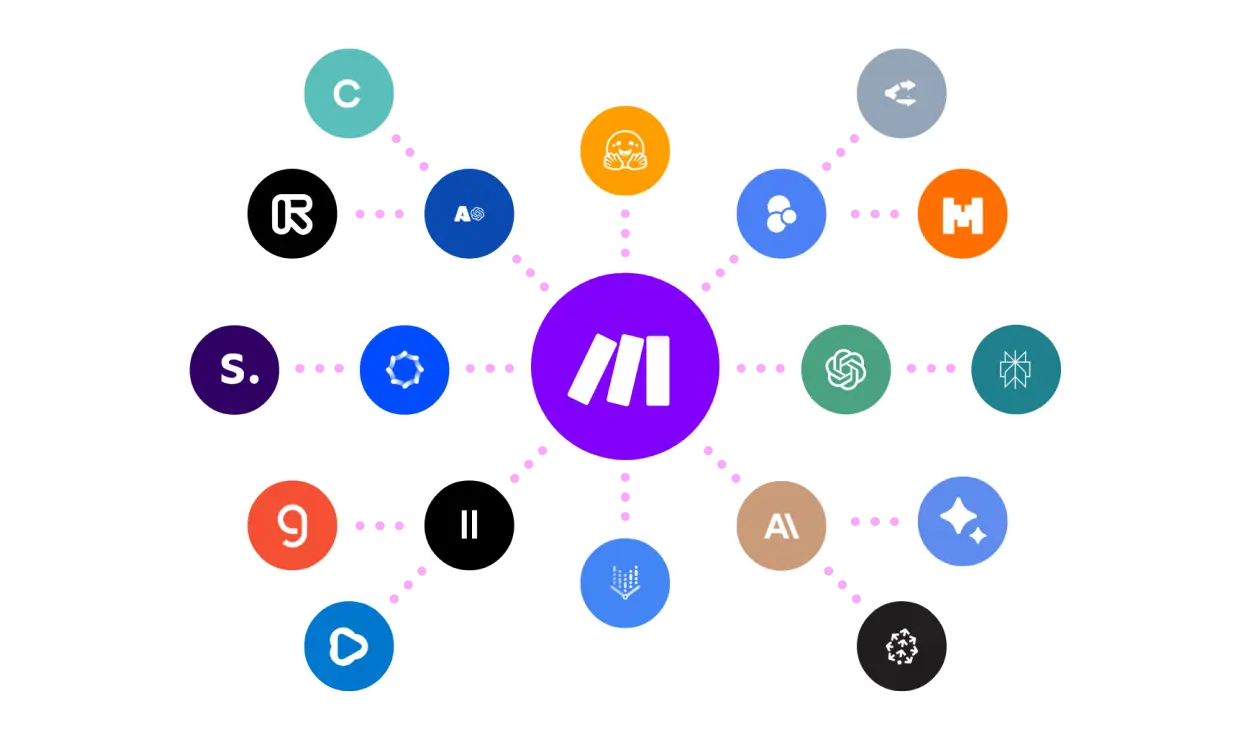Web Accessibility Basics: A Guide to Inclusivity on the Web
In today’s digital age, web accessibility has become a crucial factor in designing and developing websites that are usable by everyone, regardless of their abilities or disabilities. Understanding the web accessibility basics not only enhances the user experience but also ensures adherence to legal standards and improves your site’s reach and performance.
Why Web Accessibility Matters
Creating an accessible web goes beyond mere compliance with legal requirements; it’s about providing equal access and opportunity to all users. According to the World Health Organization, over a billion people worldwide live with some form of disability. Web accessibility ensures that these individuals can access information and services online with ease, enhancing their user experience and expanding your site’s audience.
Key Principles of Web Accessibility
Understanding the web accessibility basics involves mastering some core principles. These ensure that your website caters to all users, including those with disabilities. Here’s a breakdown of these principles:
1. Perceivable Content
Ensure that information and user interface components are presented in ways that users can perceive. This includes providing text alternatives for non-text content, creating content that can be presented in different ways (such as simpler layouts), and ensuring that users have the ability to perceive the information being presented.
2. Operable Interface
Users should be able to navigate and interact with your site efficiently. This means designing navigable interfaces, ensuring users can use all functions through various input devices (like keyboards), and making content easy to navigate intuitively.
3. Understandable Information
Your website’s content and interface should be clear and understandable. This involves ensuring that text is readable and comprehensible, offering input assistance to prevent and correct mistakes, and maintaining a predictable user interface design.
4. Robust Content
Content must be robust enough to be reliably interpreted by a wide variety of user agents, including assistive technologies. To achieve this, use clean and standard coding practices and regularly test compatibility with different devices and user agents to provide a consistent experience.
Implementing Web Accessibility
To effectively implement web accessibility basics, consider the following practical steps:
- Semantic HTML: Utilize HTML elements purposefully to create a logical and accessible document structure.
- Alt Text for Images: Provide alternative text for all images to assist screen reader users.
- Keyboard Navigation: Ensure full functionality via keyboard navigation, beneficial for users with limited mobility.
- Color Contrast: Maintain a high contrast ratio to assist users with visual impairments.
- Accessible Forms: Use labels and validation messages to guide users effectively through web forms.
The Benefits of Web Accessibility
Investing in web accessibility brings a multitude of benefits to both users and website owners:
- Legal Compliance: Avoid potential lawsuits by conforming to web accessibility laws like the Americans with Disabilities Act (ADA) or the Web Content Accessibility Guidelines (WCAG).
- Enhanced User Experience: Improve user satisfaction by meeting diverse needs, which in turn can enhance engagement and retention.
- SEO Benefits: Many aspects of accessibility overlap with SEO best practices, leading to improved search engine visibility.
- Broader Audience Reach: Expand your market by welcoming users who rely on accessible web environments.
Conclusion
Mastering the web accessibility basics is essential for creating a web that is inclusive and functional for everyone. By ensuring your website is perceivable, operable, understandable, and robust, you’re not just complying with regulations; you’re inviting a broader audience and enhancing the online experience for all users. Investing in accessible web practices is a step towards equality, innovation, and growth in the digital sphere.




